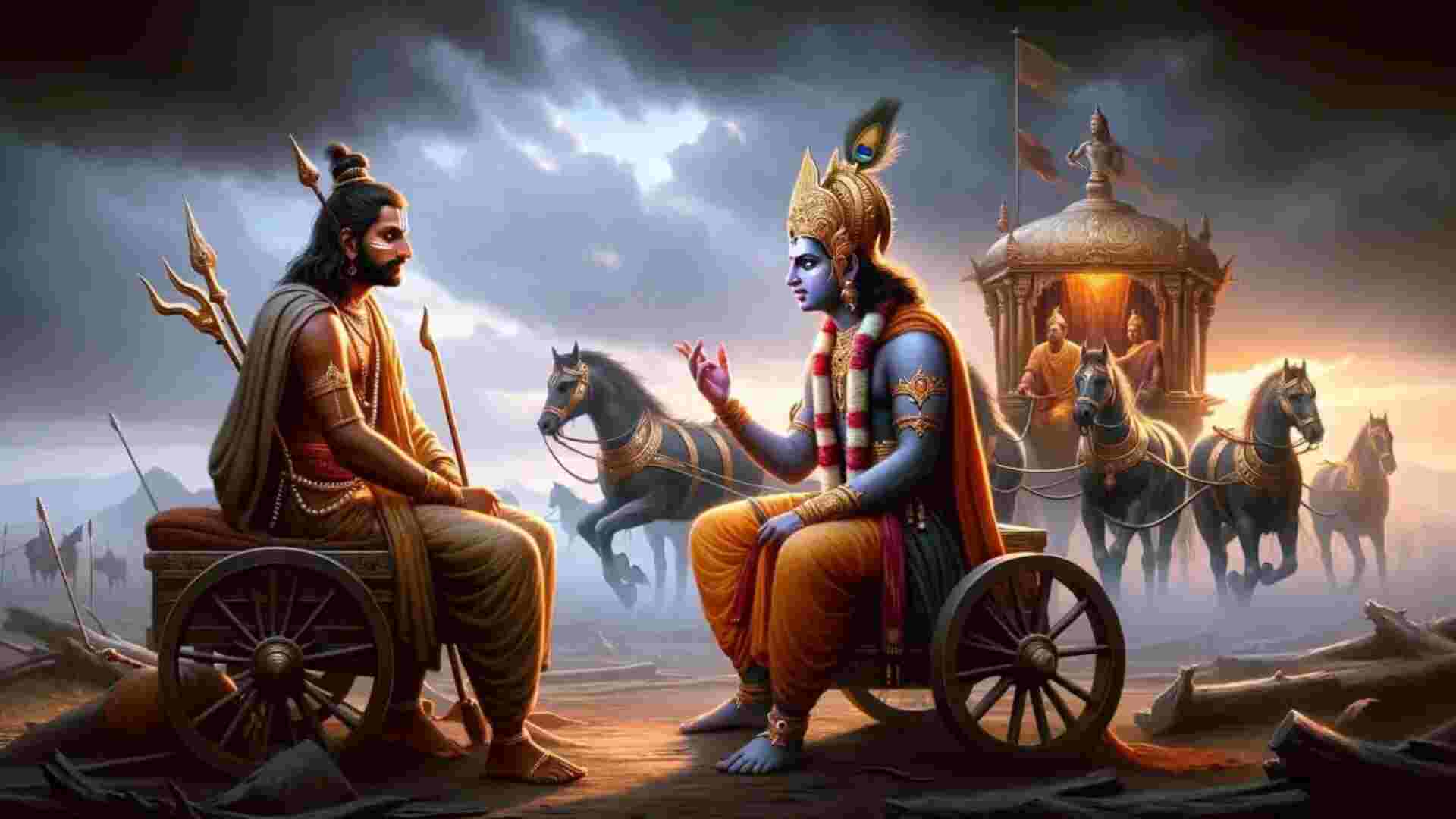
Artificial Intelligence, Machine Learning and Natural Language Processing as a discipline in modern computer science can be traced back to Alan Turing’s famous “Turing Test” of 1950. He hypothesised that if computers could converse with us in a way that was no different from a conversation with other human beings, then we can say that the machine is “thinking”. Although he died shortly after this, about 70 years later his ideas have become a reality in products like Apple’s Siri phone assistant, Google Home and Amazon’s Alexa range of products.
How are these fields impacting the world we are currently living in? How can we expect them to further impact our way of life in the post Corona world?
Sanskrit and its application in Artificial Intelligence as an idea was formally first presented by Rick Brigs in his paper “Knowledge Representation in Sanskrit and Artificial Intelligence” published as far back as in 1985 by AI Magazine (6(1), 32.). Rick Brigs was a researcher at RIACS-NASA, Research Institute for Advanced Computer Science which is part of NASA Ames Research Center based in Moffet Field, California. An organisation which put a man on the moon and is the undisputed leader in cutting edge research realised the value Sanskrit could have in the future of Artificial Intelligence.
However over 35 years later very limited research has been done to further explore this. Sanskrit is now gaining traction in the West, but sadly is almost considered as a dead language in India. NASA in recent times has made references to its research in Artificial Intelligence without any mention of Sanskrit. When an eminent researcher or any scholar at the top of their field retires or passes away, all his wisdom is only in the form of research papers or books written. These might not necessarily capture his entire wisdom. Scientists have been pondering at how this wisdom could be “downloaded” onto a computer so that it can be preserved.
A recent TV show Uploads’ premise is that any person deciding to continue living in a digital world can upload their memories into a computer software and continue to live in what can be described as computer generated heaven. It also theorizes that sometime in the future upload these memories, they could theoretically be downloadable into advanced human-like robots, also called androids, which could potentially interact with and behave like humans.
The question then is how can such wisdom be stored? Natural Language Processing or NLP has been conducting extensive research on how this can be done using English. Ambiguity of words and statements, sarcastic comments are just a few of the challenges that NLP researchers face with the English language. For example, if someone at the office says “Must be my lucky day”, depending on the tone, they imply having a good or bad day. A certain level of emotional intelligence is needed to understand this which is not yet something technology can do. Also, the order of words is important, e.g. “I am here. Here I am. Am I here?” All use the same three words, but can mean different things. With a grammar having little to no ambiguity in words and sentences makes Sanskrit worthy of being considered to store wisdom. Google maps is one of the biggest innovations of the 21st century encompassing multiple computer science disciplines including, but not limited to data analytics, crowdsourcing traffic data, cartography and geo-spatial map creation, big data, etcetera. In addition to providing turn by turn navigation, the real power of Google Maps is its ability to use current traffic conditions and allowing us a choice of route options based on pre-configured preference. For example, we generally want the quickest route and not necessarily the shortest. Also, we might prefer avoiding highways during rush hour or toll roads preferring internal roads. By providing these options, the user feels a sense of control over his actions.
Could a similar paradigm of options be provided to judges when passing judgements? Imagine post arguments from both sides, the judge just needs to decide if they are for or against the petition and the AI engine generates all the case laws and precedents to support that judgement. We could also have a questionnaire format where the judge is allowed to choose which arguments of each of the counsel they heard and are for and against; aiding them to come to a final conclusion based on the merit, importance and relevance of each argument.
Storing wisdom in Sanskrit, ability to act on them using artificial intelligence and robots, availability of vast amounts of data in terms of past judgements makes the application of Artificial Intelligence in law an exciting research opportunity which should be further explored.













